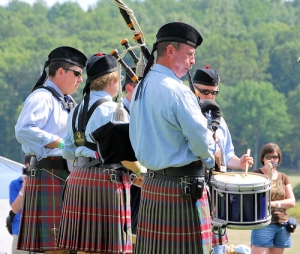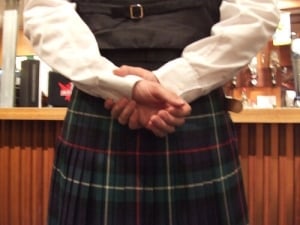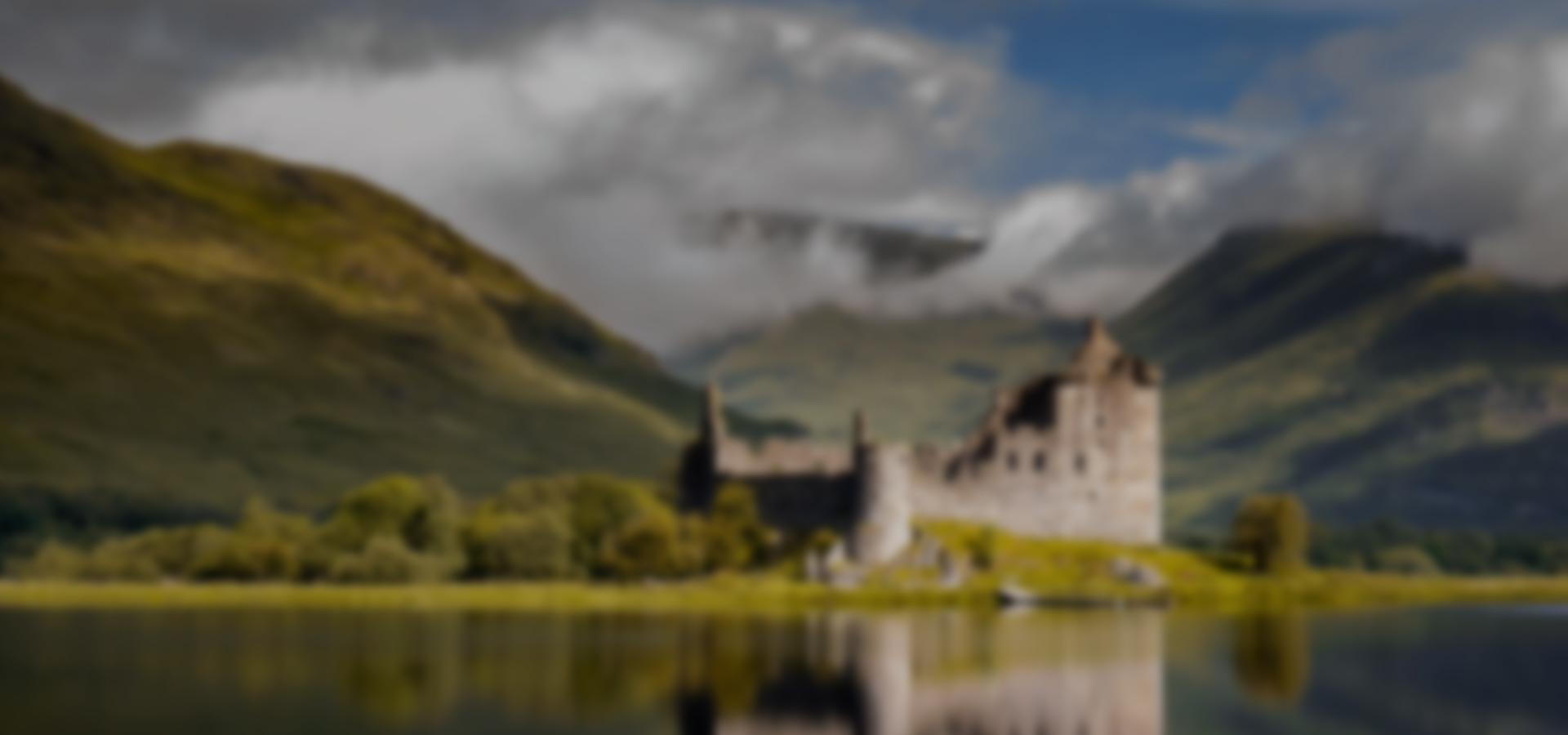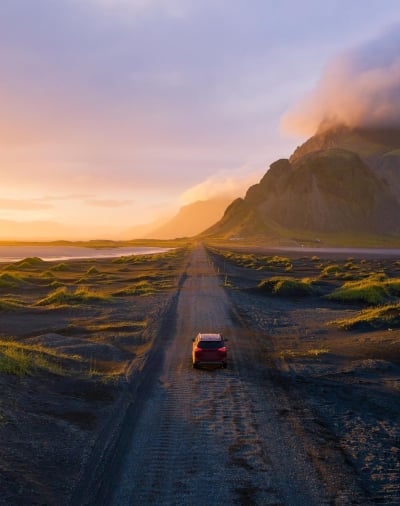If you want us to tell you the history of the kilt, both Irish kilt and Scottish kilt, you might want to grab a snack. Bangers and mash will do just fine, since the history of the Irish kilt could take us until dinner time to complete. While you’re at it, can you grab me an Irish drink? Without over emphasizing any one piece of history relevant to the Scottish kilt, let’s see if we can provide a brief, and we do mean brief, overview. You’ll be seeing quite a few kilts on your tour of Ireland or vacation to Scotland, so it’s important you have a basis to understand how they came to be.

During the 16th century, the style in Scotland and Ireland was to wear a cloak over a tunic-like under dress. Most likely, this first version of the Scottish kilt was drab in color. They were worn quite often by Highland farmers. Families with a little more money could show their wealth by using vegetable dyes to color their kilts. Poor members of society would always have the roughest, rawest, drabbest woolen kilts, making them a Scottish status symbol, of sorts.
Eventually, wool began to be more available. The Scottish kilt evolved to include more material. It was called the great kilt. The style became to pleat the excess material by hand and place a belt around it. The style was so long, you could also throw excess material over your shoulder. When you see pictures of Irish kilts and Scottish kilts, the ‘great kilt’ style will be the one which includes gathered pleated material held together with a belt.
Around 1720, the Scottish began to open up the highlands to outside exploration. This meant development of the land, as well. Thomas Rawlinson was one of the business mean who invested in the explorations. He became frustrated with the Scottish kilt: the long cloak was difficult to move in. He took the Scottish kilt to a local tailor, complaining he needed to be able to cut trees and have more movement, er, functionality, from his kilt. The tailor simply snipped the garment in two, birthing the ‘walking kilt,’ a shorter more functional version of the great kilt.
Let’s fast forward to 1746 in the history of Scottish kilts. A law was established banning all versions of highland dress. A fine was imposed for first offenders, prison time for second offenders. The law practically eliminated the wearing of the kilt. However, those wishing to rebel against the laws would do so to their own peril. With this development, you can see how the Scottish kilt instantly became an icon of Scotland. You can also note at the time of the banishment 9 out of 10 Scots were lowlanders. You can see who was being targeted by the enactment of these laws.
Around this time, kilt tartans began to take shape as identifiers of the family, or clan. The tartan of a kilt allows historians to trace it back to a family name and geographic location (read more about kilt tartans here). You’ll note we’ve spent most of the history of Irish kilts and Scottish kilts discussing Scottish kilts. This is where tartans come in. Please note that Irish kilt history stems from the ability of historians to connect, or disavow, Ireland kilt usage based on tartans. Irish kilts may have come into popularity during the eighteenth century. It is most likely they were adopted by Irish nationalists who wanted to adhere to their Celtic identity. Guesses believe kilts came to Ireland about 1880 … then again, in 1956 a farmer uncovered a tartan (See? Told you we’d tie in the above paragraph on tartans) piece of kilt fabric assumed to date back as early as 1590. They think the Irish kilt fabric was from an Irish warrior.
Further, while Scottish kilts have a long history of tartans, the Irish one is a little spotty. The Irish kilt was most likely a long tunic made from solid color cloth, usually saffron or dark green. Again, the solid colored tunic acted as a symbol of Celtic nationalism in the 19th and 20th centuries. You will see Irish kilts today that are a bit more simple than the plaid, multi-color Scottish tartans.

Today, you’ll notice Irish kilts and Scottish kilts are an important part of the culture. They are celebrated at special ceremonies and various national functions. You can’t help but appreciate the rich history of the Irish kilt and Scottish kilt … even it your dinner’s getting cold while you read this. Read more about the why behind the wearing of kilts here.

How We Travel
Learn MoreMore Articles
Why Halloween in Ireland is a Must-Visit: Explore the Origins of Samhain and Spooky Traditions
Ireland, often recognized for its vibrant landscapes, ancient castles, beer history, and longstanding heritage, offers a unique experience unlike any other during Halloween. Rooted in the ancient Celtic festival of Samhain, Ireland’s Halloween celebrations are deeply traditional, atmospheric, even immersive. Here’s why you should consider visiting Ireland for Halloween.
Your Guide to Visiting Bridgerton Filming Locations
Dearest gentle reader, Bridgerton’s fairytale world is closer than you think! Explore the real-life filming locations from the hit show on your next trip to the United Kingdom. From London’s grand Regency estates to Bath’s stunning assembly rooms, we’ll give you the inside scoop of what to see—better yet, we’ll do all the planning, so you don’t have to.

By-Your-Side Service℠
Our personal concierge service and mobile app

Custom Europe Experts
Experts in planning truly customized trips

Value without Compromise
High-touch inclusions and customized experiences

Consistency with Individuality
You’ll always be met with the highest standards










